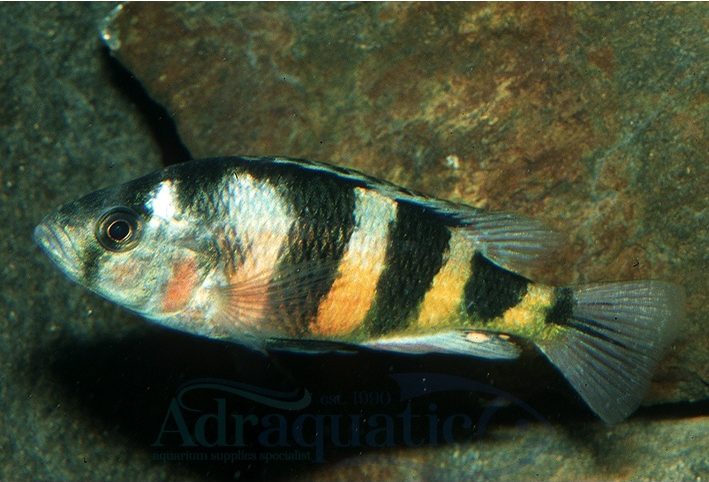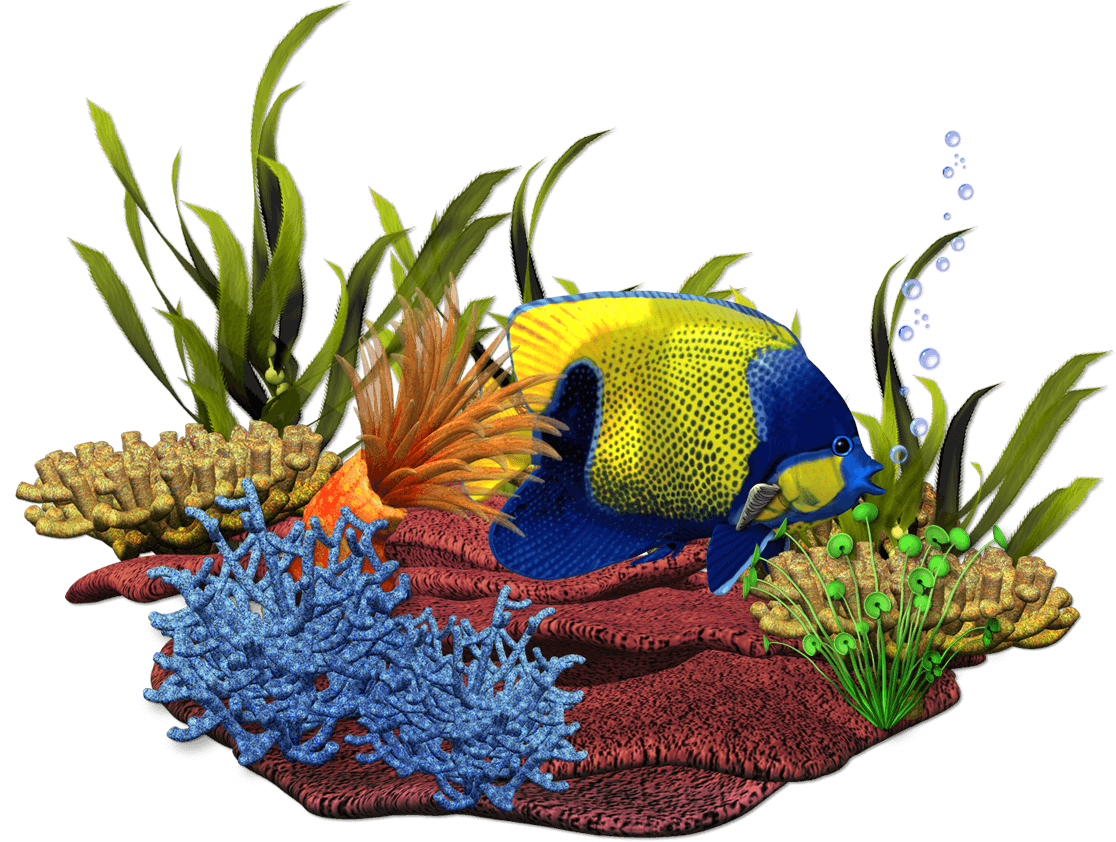Astatotilapia Latifasciata for Sale
Discover Astatotilapia latifasciata, also known as the Zebra Uganda or Zebra Haplo. This East African cichlid is famed for its bold stripes and active behavior, making it a favorite among aquarium enthusiasts. Learn about its characteristics, habitat, care requirements, and breeding habits.
All you need to know about Astatotilapia latifasciata
Astatotilapia latifasciata, often referred to as Zebra Uganda or Zebra Haplo, is a striking cichlid species native to East Africa’s Lake Kyoga and the Victoria Nile in Uganda.
With its bold black and white or yellow stripes, this fish stands out in any aquarium setting. Males are particularly eye-catching, often displaying bright blue or red hues, especially during breeding season.
Known for their energetic and sometimes territorial nature, Astatotilapia latifasciata makes a fascinating addition to a cichlid community tank.
Physical Characteristics
Color and Patterns
The Astatotilapia latifasciata boasts bold vertical stripes that resemble those of a zebra, giving it its common name, Zebra Uganda. Males are generally more vividly colored, displaying brighter blues or reds, especially when courting or breeding.
Size
Adult Astatotilapia latifasciata typically grow to about 10-13 cm, with males slightly larger than females.
Body Shape
Their elongated bodies and pointed fins are characteristic of African cichlids, adding to their sleek and dynamic appearance.
Natural Habitat and Behavior
Origin
This species is found in the shallow, sandy or muddy waters of Lake Kyoga and the Victoria Nile. Their natural habitat is often rich in hiding spots among rocks and aquatic vegetation, providing them with ample shelter and feeding grounds.
Behavior
Astatotilapia latifasciata are known for their territorial and semi-aggressive nature, especially males who often compete for space and mates. However, with proper aquarium setup and tank mates, they can coexist peacefully in a cichlid community.
Diet
As omnivores, these cichlids have a varied diet that includes algae, small insects, crustaceans, and quality cichlid pellets. In aquariums, they thrive on a mix of pellets, vegetables, and frozen foods, ensuring they receive balanced nutrition.
Aquarium Care and Setup
Tank Size
Due to their territorial behavior, it’s recommended to keep Astatotilapia latifasciata in a spacious tank of at least 150 liters, especially if housed with other fish. A larger tank reduces aggression and allows them to establish their territories comfortably.
Water Conditions
They thrive in water with a neutral to slightly alkaline pH (7.0-8.5) and a temperature range of 24-28°C. Regular water changes and a good filtration system are essential to maintain optimal water quality.
Decor and Shelter
Providing plenty of hiding spots using rocks, caves, and artificial plants helps reduce stress and aggression. These shelters mimic their natural environment and offer safe spaces for less dominant fish.
Breeding: Mouthbrooding Wonders
Astatotilapia latifasciata are mouthbrooders, with the female incubating eggs in her mouth until they hatch, usually over 2-3 weeks. This fascinating breeding behavior ensures the young are protected during the early stages of life. Once the fry are released, they are relatively easy to care for, making breeding a rewarding experience for aquarists.
Popularity Among Aquarium Enthusiasts
Known for their vibrant appearance and lively nature, Astatotilapia latifasciata are a popular choice among fish keepers.
They are relatively easy to care for and breed well in captivity. However, due to their aggressive tendencies, careful consideration is needed when selecting tank mates to ensure a harmonious aquarium environment.
Buy Astatotilapia Latifasciata Today!
Are you ready to add a splash of color and excitement to your aquarium? The Astatotilapia latifasciata, with its stunning zebra-like stripes and energetic personality, is the perfect choice for cichlid enthusiasts. Whether you’re an experienced aquarist or just starting, this unique species will captivate you with its dynamic behavior and vivid appearance.
Shop Now and discover why the Zebra Uganda is a favorite among fish lovers. Don’t miss out on the chance to bring this vibrant East African cichlid into your home aquarium. Click below to secure your Astatotilapia latifasciata today

FAQs

Yes, Astatotilapia latifasciata can coexist with other cichlid species and similar-sized fish, provided the tank is large enough to reduce territorial aggression. It’s important to provide ample hiding spaces and maintain a balanced number of males to females to minimize conflicts.
Aggression can be managed by providing plenty of hiding spots, using rocks, caves, and decor to break line-of-sight, and ensuring that the tank is spacious enough to allow territories. Keeping a larger group of these fish can also help spread aggression evenly among the tank inhabitants.
Males are typically more brightly colored, with enhanced blue or red tones, especially during breeding periods. They also tend to be slightly larger and have more elongated fins compared to the females, which are usually more subdued in color.
A varied diet is best for Astatotilapia latifasciata. Offer high-quality cichlid pellets, frozen foods such as brine shrimp or bloodworms, and occasional vegetables like spinach or peas. This diverse diet ensures they receive all the necessary nutrients for growth and vibrant coloration.
Regular water changes are crucial for maintaining water quality and reducing stress in Astatotilapia latifasciata. A weekly water change of about 20-30% is recommended, along with regular monitoring of water parameters to ensure a healthy environment for your fish.

